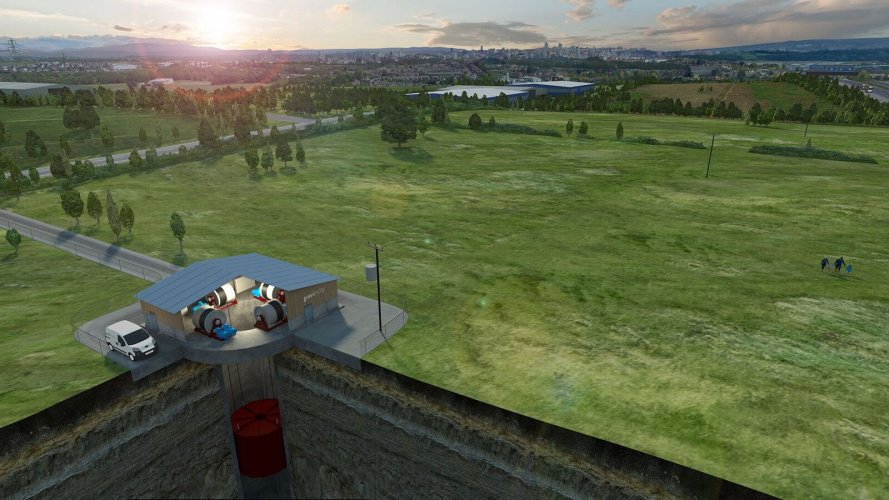UK startup eyes abandoned mine shafts for energy storage
Disused mine shafts around the UK could soon be used as giant gravity batteries, capable of reacting to grid demands in under a second.

Startup Gravitricity, which has just received a £650,000 grant from Innovate UK, plans to use abandoned shafts to house massive weights. When energy is plentiful, the weights will be winched towards the surface, in much the same way that water is driven uphill in pumped hydro storage. However, unlike pumped hydro, the system should be able to respond to fluctuations in demand almost instantly.
“As we rely more and more on renewable energy, there is an increasing need to find ways to store that energy – so we can produce quick bursts of power exactly when it is needed,” said Gravitricity managing director Charlie Blair.
“So far there is a lot of focus on batteries, but our idea is quite different. Gravitricity uses a heavy weight – up to 2000 tonnes – suspended in a deep shaft by cables attached to winches. When there is excess electricity, for example on a windy day, the weight is winched to the top of the shaft ready to generate power."
Register now to continue reading
Thanks for visiting The Engineer. You’ve now reached your monthly limit of news stories. Register for free to unlock unlimited access to all of our news coverage, as well as premium content including opinion, in-depth features and special reports.
Benefits of registering
-
In-depth insights and coverage of key emerging trends
-
Unrestricted access to special reports throughout the year
-
Daily technology news delivered straight to your inbox










Water Sector Talent Exodus Could Cripple The Sector
Maybe if things are essential for the running of a country and we want to pay a fair price we should be running these utilities on a not for profit...